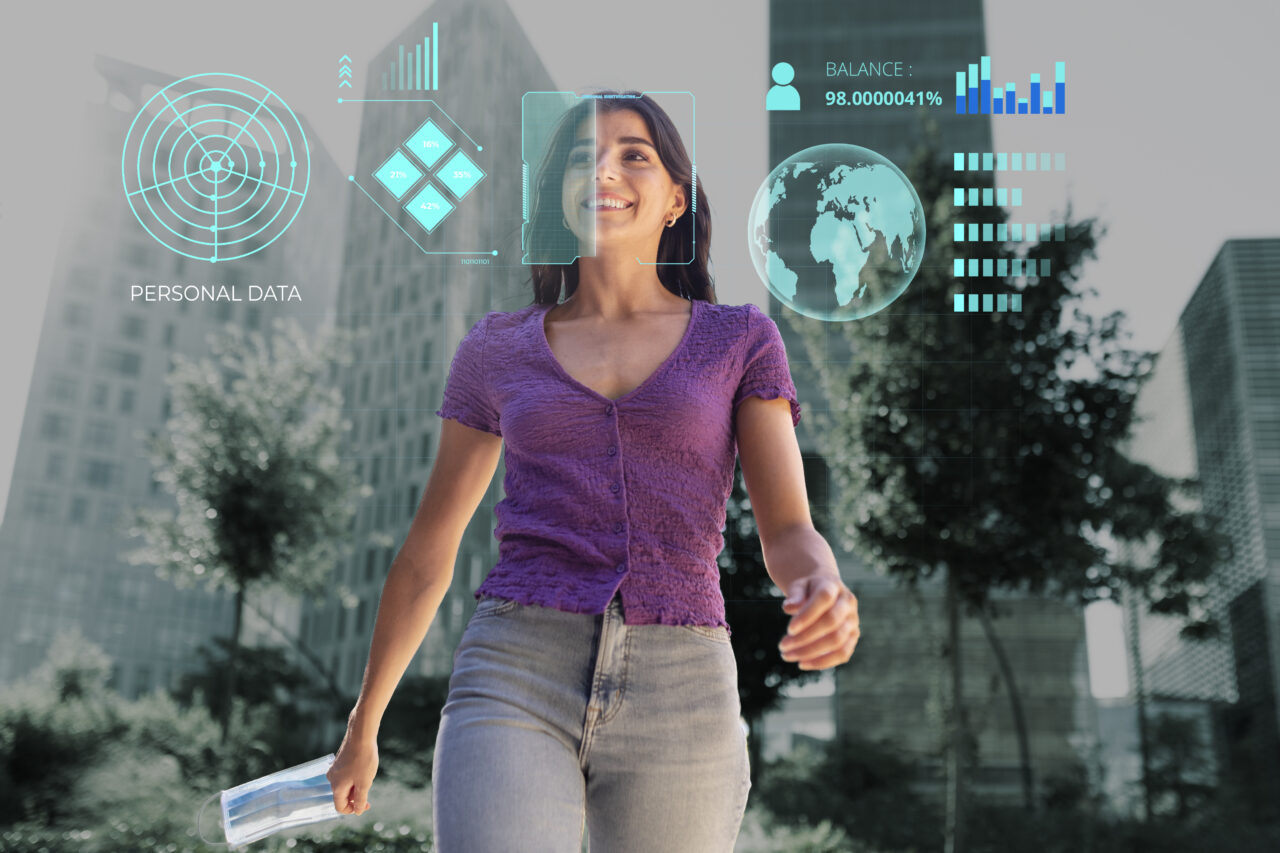In 2025, AI for security & surveillance is no longer experimental it’s essential. From modern cities to bustling international airports, artificial intelligence is enabling smarter, faster, and more proactive protection systems. By combining real-time monitoring, predictive analytics, and advanced video recognition, AI is reshaping the way urban centers and aviation hubs safeguard millions of people daily.
The question is no longer “Should we adopt AI for surveillance?” but rather “How fast can we scale it to protect every critical infrastructure?”
1. AI-Powered Video Surveillance in Modern Cities
Traditional CCTV cameras passively record events. Today, AI-powered surveillance systems actively detect anomalies in real time. Using computer vision, cities can identify suspicious activities like unattended bags, abnormal crowd movement, or perimeter breaches alerting law enforcement before threats escalate.
For example, Singapore’s smart city project leverages AI surveillance to monitor traffic violations and detect potential crimes, reducing incident response times significantly.
2. Smarter Airport Security with AI
Airports are among the most complex and vulnerable infrastructures. AI in airport security helps in:
-
Real-time passenger screening with facial recognition.
-
Detecting prohibited items in luggage using machine learning models.
-
Optimizing security personnel allocation based on crowd analytics.
A recent report by Airports Council International (ACI) found that AI-driven systems reduced screening times by 20%, improving both safety and passenger experience.
3. Predictive Threat Detection
Unlike traditional systems that react after an incident, AI enables predictive surveillance. Machine learning algorithms analyze historical and live data to predict high-risk scenarios—such as potential cyberattacks on airport systems or unusual crowd gatherings in cities.
This proactive layer helps governments and security agencies prevent incidents before they happen.
4. Intelligent Traffic and Crowd Management
Modern cities face challenges with traffic congestion and large-scale events. AI for urban safety uses sensors and video feeds to:
-
Reroute traffic during emergencies.
-
Monitor crowd density during festivals or protests.
-
Trigger automated alerts when capacity thresholds are crossed.
For instance, during the 2019 Kumbh Mela in India, AI-powered surveillance helped manage crowds of over 200 million attendees, ensuring safety and smooth movement.
5. Facial Recognition and Biometric Security
Facial recognition powered by AI is now central to airport and city surveillance. It not only speeds up boarding processes but also aids law enforcement in identifying suspects.
Dubai International Airport, for example, uses AI-powered biometric tunnels that verify passengers in seconds—eliminating the need for manual checks while enhancing security.
6. Cybersecurity Meets Physical Security
With airports and smart cities relying on IoT sensors, the line between physical and digital threats is blurring. AI for security & surveillance now integrates with cybersecurity systems to detect unauthorized access attempts, hacked cameras, or compromised communication networks.
This dual protection ensures resilience against both physical intrusions and digital attacks.
7. Emergency Response and Disaster Management
AI surveillance systems are proving crucial during emergencies. By analyzing real-time data, they:
-
Guide evacuation routes in airports during fire or security threats.
-
Alert city responders about accidents or natural disasters.
-
Use drones equipped with AI vision to survey affected areas quickly.
According to Smart City Council research, AI-assisted disaster response reduced average emergency handling times by 30%.
Why It Matters for Governments and Institutions
The adoption of AI in security and surveillance is not limited to aviation or cities. Universities, hospitals, and transportation hubs can replicate these innovations to strengthen safety and efficiency.
By investing in AI-driven surveillance today, decision-makers can build infrastructure that is not only safer but also smarter and future-ready.
Final Takeaway: The Future of AI Surveillance
From intelligent video analytics to predictive threat detection, AI for security & surveillance is setting a new benchmark for protecting modern cities and airports. It combines safety, efficiency, and scalability making it one of the most critical technologies for the next decade.
At Astrikos.ai, we believe AI’s role in security is more than just monitoring it’s about building trust, resilience, and confidence in the spaces where people live, travel, and work.

